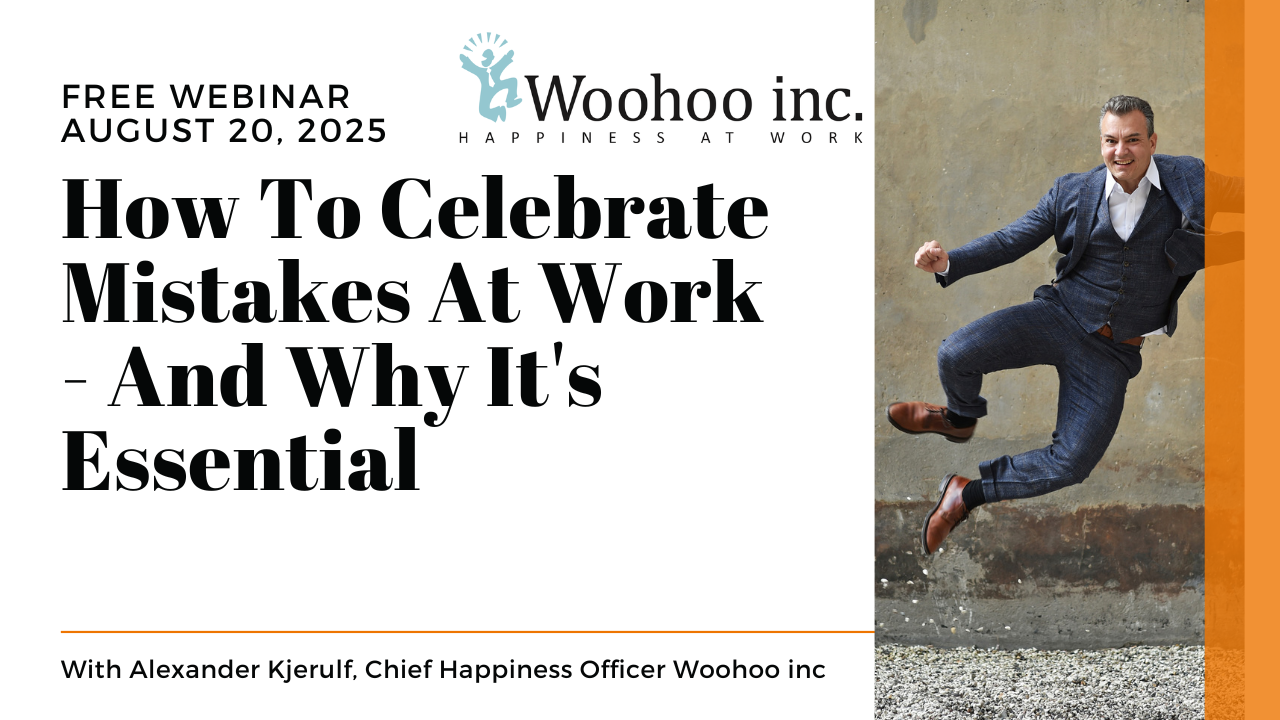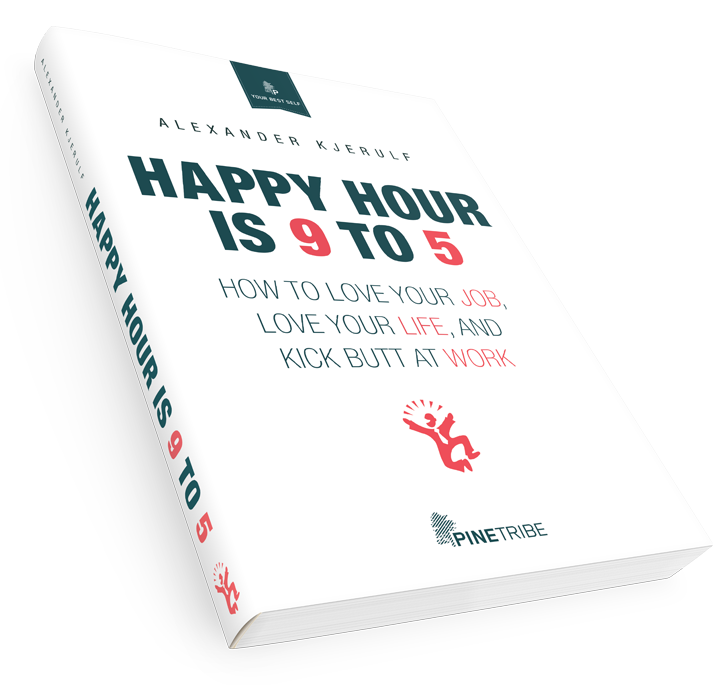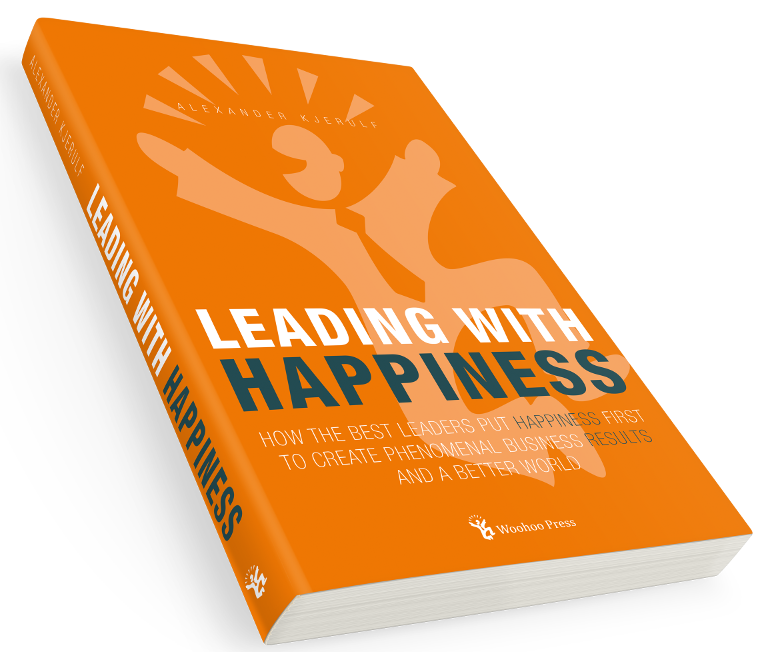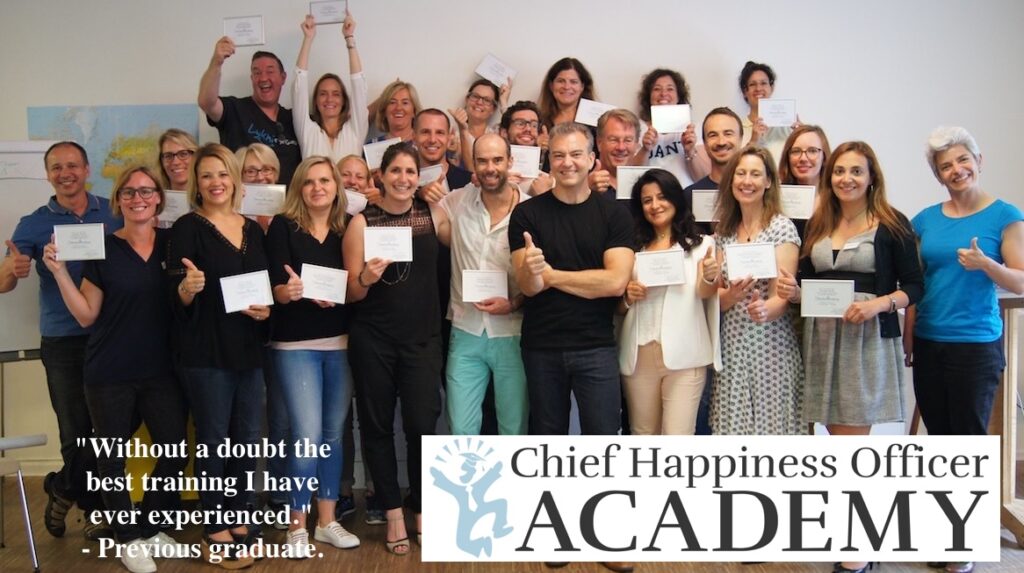
What if you could figure out what a workplace is like – before you even apply for a job there?
Revyr is a new website that just launched in beta – and Revyr lets you do just that. Employees can rate their workplaces and potential job candidates can then see what a company is like, based on metrics like pay, culture, benefits, csr and others.
In my opinion this is a great idea – and a wonderful tool that will make it easier to find jobs we’ll love! I had a chance to tinker with the site a little, and while it is obviously still a beta, the user interface is excellent and the vision behind it is solid.
I recently interviewed Jake Taylor of Revyr about the site and his dreams for it.
I think an employee rating site is a great idea – one whose time has well and truly come. What brought you to this idea?
In Australia and most developed countries, there is a massive shortage in quality staff at the moment this has meant that employees now have more power in the relationship simply because of scarcity. This has lead to extreme wage inflation but also companies realising that they need to treat their staff well, otherwise they will simply walk to a competing firm.
The idea was founded because we realised that key stats about the culture of the business where not available. We think its important, both on an employee and employer level that there is transparency. At the present, new employers are being sold a blackbox and this can lead to incompatibility between these two parties.
What is your biggest hope for the site? What do you dream of achieving with it?
We have big dreams for Revyr. We want it to become the one and only destination for people researching prospective employers and also when looking for a new job.
Our main hope for the site is to put pressure on companies to better their workplaces, to make people happy both inside and outside the office.
Bringing transparency to the employment market, letting job seekers see what a company is like before you start work there, is obviously a great idea for potential employees. What do you think your site can do for the companies?
We will add value to employers, so they can see in real time the opinions of their workplace. This can be used by firms to add a competitive advantage so that they can be ahead of the ball and attract the best possible candidates.
In addition to this, each company listed on Revyr has every job available at the company (from a database of 5 million jobs) therefore we provide free advertising of these open positions, which will increase the number of candidates applying.
However due to the nature of Revyr, the companies with the better overall score will receive more of a benefit (in terms of free exposure of job ads)
You rank companies on ten factors including Autonomy, Benefits, Pay and CSR. Why those ten? Were there others that you considered, but which didn’t make the cut?
We originally only had Culture, Benefits, Pay and CSR. However we realised that this was an insufficient gauge as to the quality of the employer – so we added the others.
We used informal research by asking friends and family – what makes a good workplace? With this, we noticed that there where many attributes that make up a good workplace. The 10 we decided to use where the 10 most frequently referred to by the people we asked.
I’m delighted that CSR, the degree to which a company is socially responsible, is in there. How come you included that one?
One thing that we realised when doing our informal research was the importance people placed on the companies negative impact on the environment. We included it not only because people believed it was an important factor but also because it signifies that the company is progressive in nature. Companies such as Salesfore.com and Google are examples where companies can proactively lessen the impact they have on the environment.
You know, I tried to search for Revyr on Revyr, but I couldn’t find it. Is it that bad a workplace? :-)
We are a pretty small team here, with a workforce that is globally dispersed. We at Revyr don’t think of it as work :)
And finally: What makes you happy at work?
I think what really makes me happy is when I look back and realise that what we have created has had a positive impact on other people.
Check out Revyr or read the Revyr blog.
Related:












 So not only was my blog
So not only was my blog 
 Stephen Hopson collects great business stories on his excellent blog
Stephen Hopson collects great business stories on his excellent blog 

 Chip Conley, the CEO of the Joie de Vivre chain of hotels, has a great blog post about
Chip Conley, the CEO of the Joie de Vivre chain of hotels, has a great blog post about 










